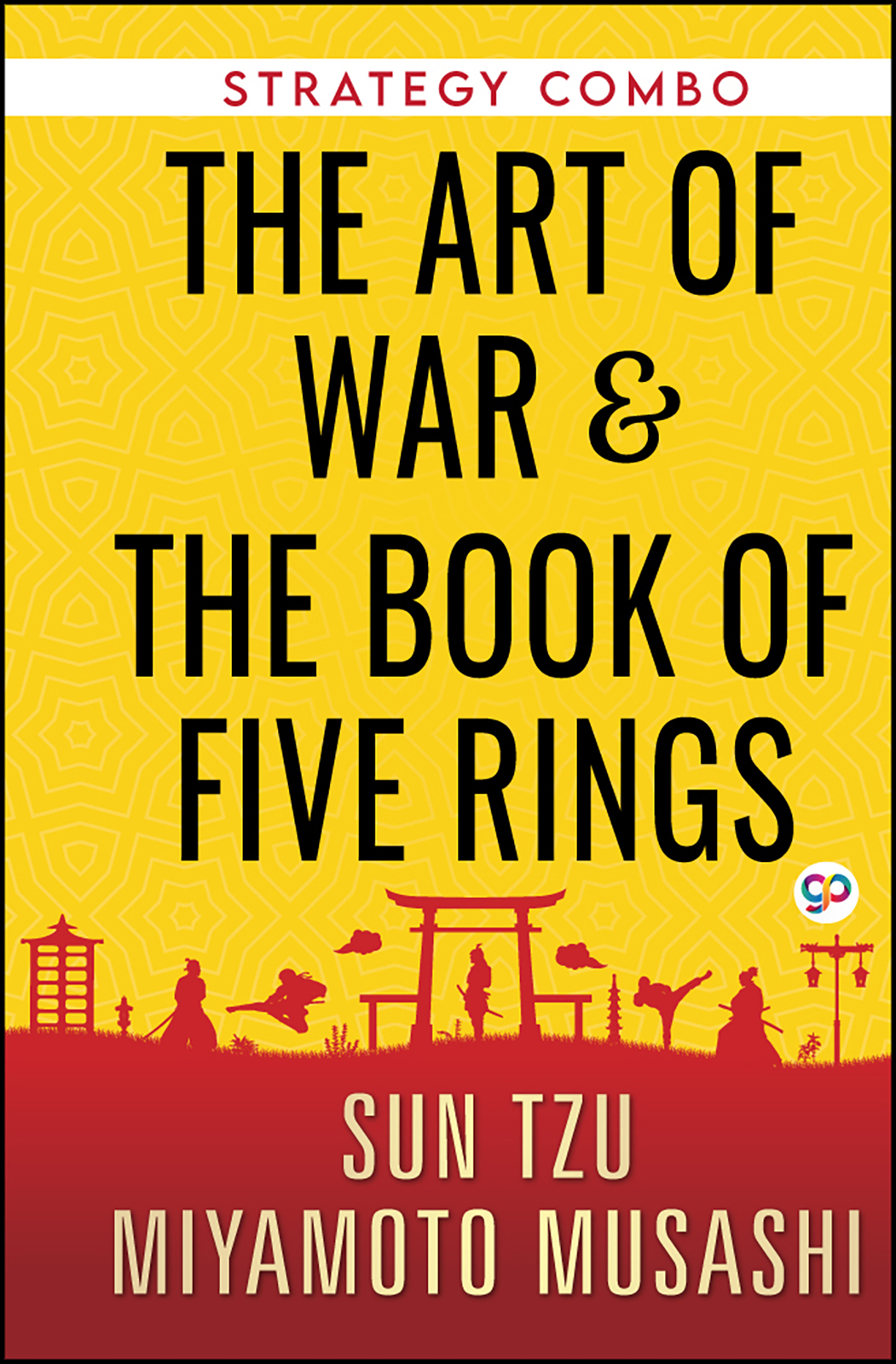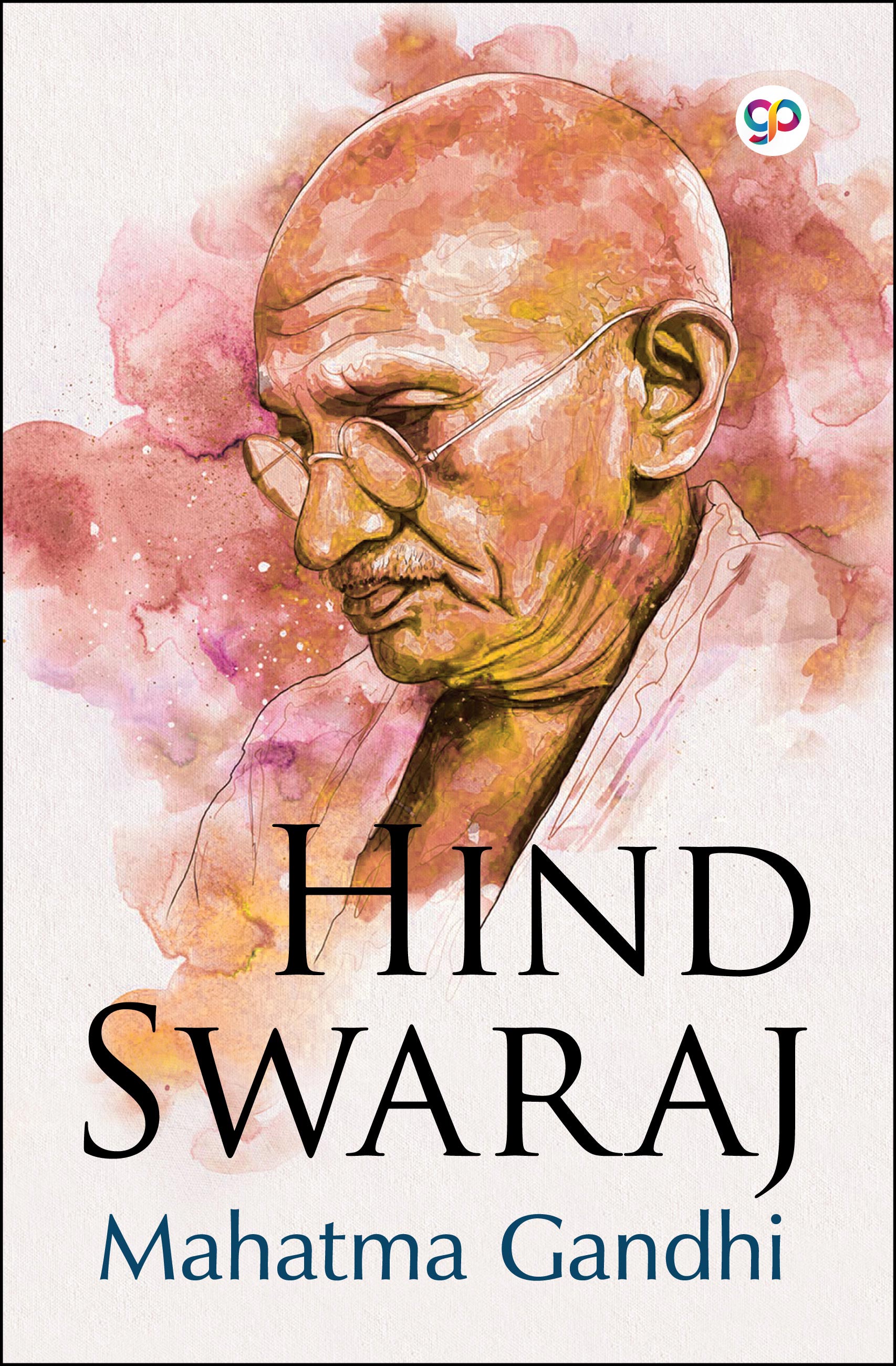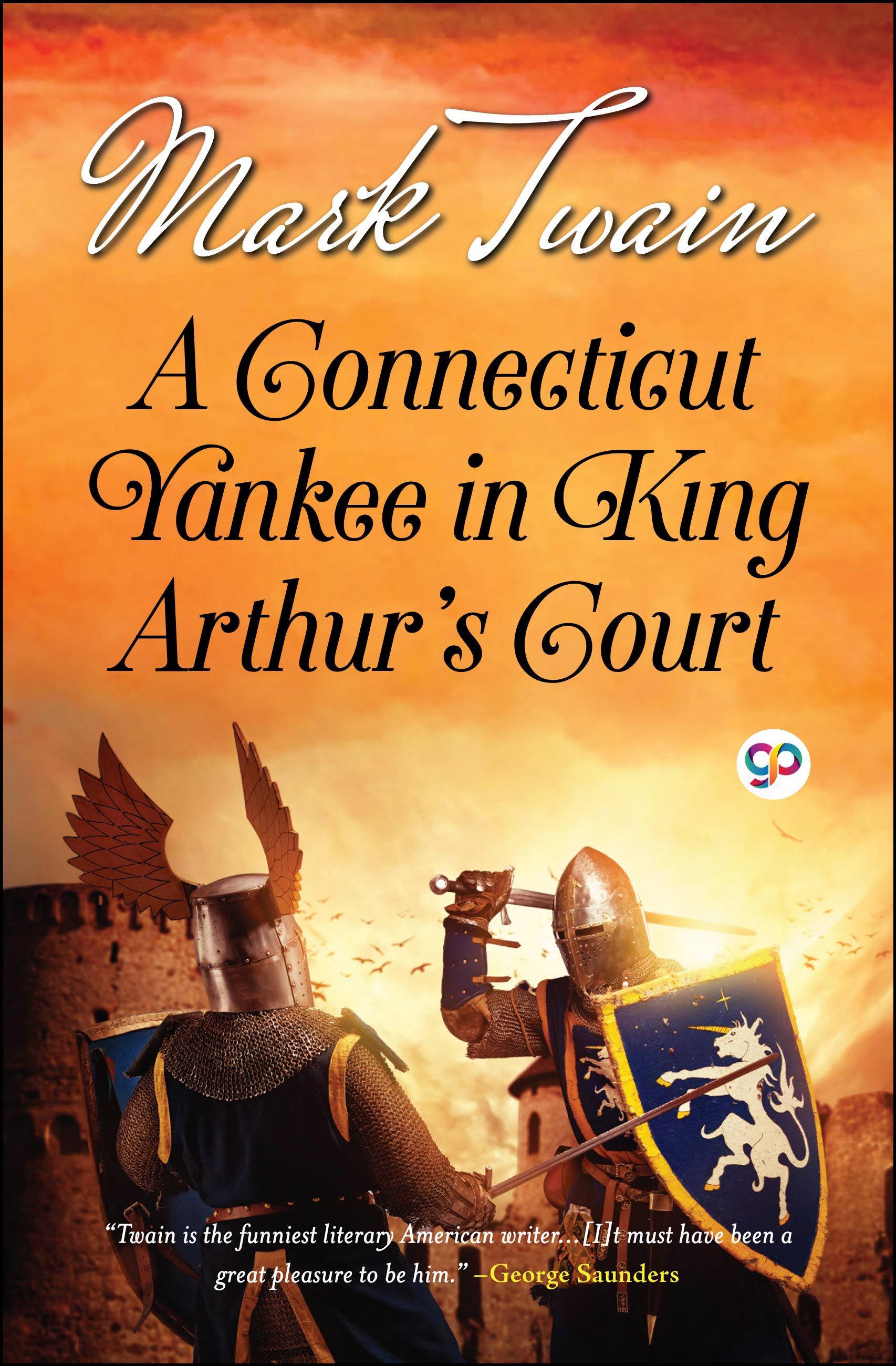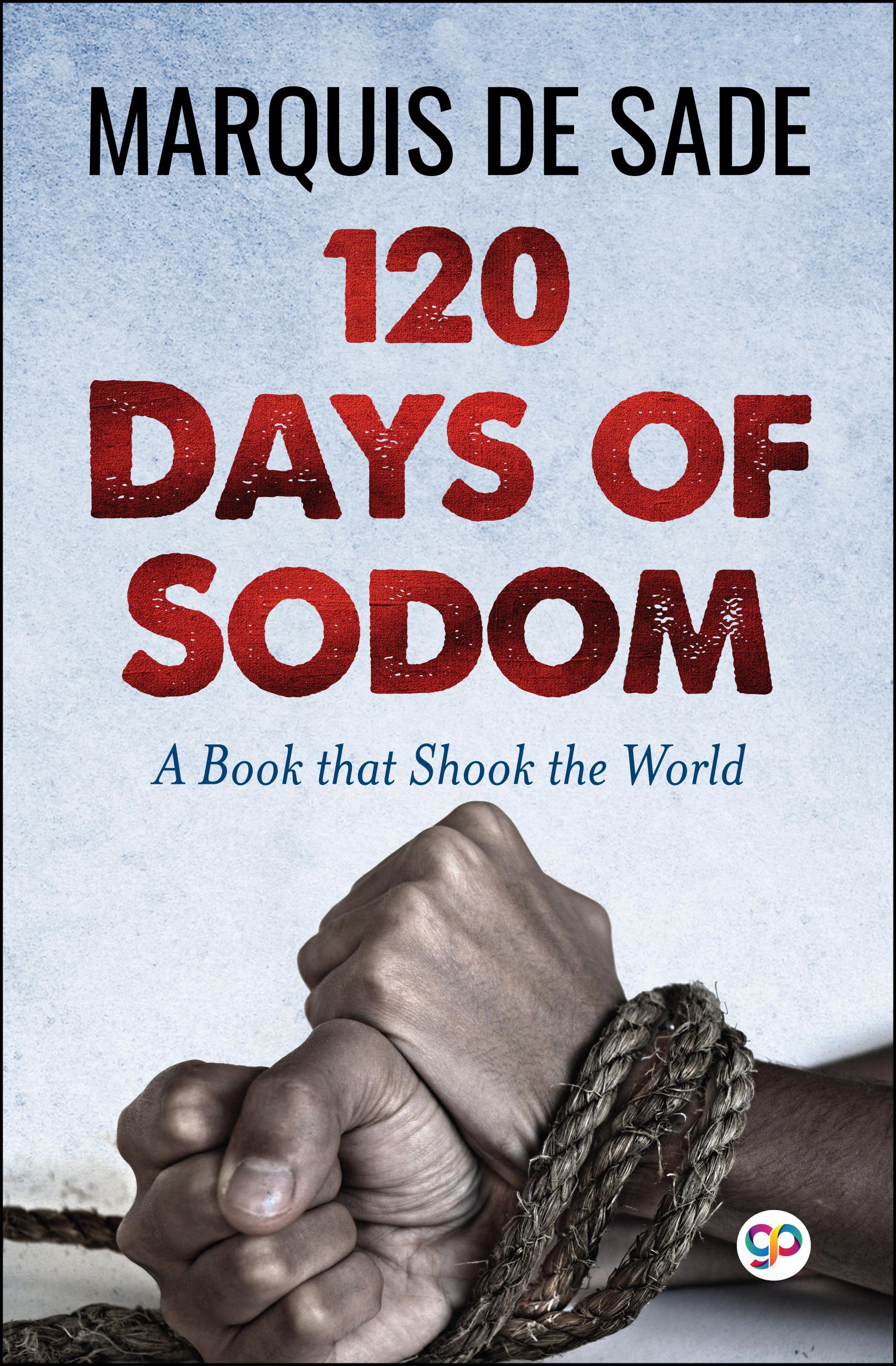
Strategy Combo: The Art of War + The Book of Five Rings (Hardcover)
The Art of War' is an ancient Chinese military treatise written by Sun Tzu, a high-ranking military general, strategist and tactician. The text is composed of 13 chapters, each of which is devoted to one aspect of warfare. It is commonly known to be the definitive work on military strategy and tactics of its time. It has been the most famous and influential of China's Seven Military Classics, and for the last two thousand years it remained the most important military treatise in Asia, where even the common people knew it by name.
Sun Tzu believed war to be an essential wrongdoing that must be got rid of whenever it can be. The war should be fought fleetingly to reduce economic decline. Sun Tzu harped on the significance of placement in military tactics. The planning to position an army must be dependent on the stipulations in the physical surroundings and the subjective thoughts of various militants in those conditions. He believed that strategy cannot be considered as planning with respect to glancing through a previously decided list. It is better represented by the fact that it needs speedy and suitable reactions to altering situations. Planning gives results in restrained surroundings. But in case of an altering environment, similar plans come in each other's ways and give rise to undesired outcomes. It has had an influence on Eastern and Western military thinking, business tactics, legal strategy and beyond.
BEST SELLERS
About the Author
Sun Tzu, also known as Sun Wu or Sunzi, was an ancient Chinese military strategist believed to be the author of the acclaimed military text, 'The Art of War'. Details about Sun Tzu's background and life are uncertain, although he is believed to have lived C 544-496 BCE. Sun Tzu believed in the use of the military sciences to effect outcomes that would result in peace. Through 'The Art of War', Sun Tzu's theories and strategies have influenced military leaders and campaigns throughout time, including the samurai of ancient and early-modern Japan, and more recently Ho Chi Minh of the Viet Cong and American generals Norman Swarzkopf, Jr. and Colin Powell during the Persian Gulf War in the 1990s.
Read Sample
THE ART OF WAR
Chapter 1
Laying Plans
1. Sun Tzu said: The art of war is of vital importance to the State.
2. It is a matter of life and death, a road either to safety or to ruin. Hence it is a subject of inquiry which can on no account be neglected.
3. The art of war, then, is governed by five constant factors, to be taken into account in one’s deliberations, when seeking to determine the conditions obtaining in the field.
4. These are: (1) The Moral Law; (2) Heaven; (3) Earth; (4) The Commander; (5) Method and discipline.
5, 6. The Moral Law causes the people to be in complete accord with their ruler, so that they will follow him regardless of their lives, undismayed by any danger.
7. Heaven signifies night and day, cold and heat, times and seasons.
8. Earth comprises distances, great and small; danger and security; open ground and narrow passes; the chances of life and death.
9. The Commander stands for the virtues of wisdom, sincerity, benevolence, courage and strictness.
The five cardinal virtues of the Chinese are
(1) humanity or benevolence; (2) uprightness of mind; (3) self-respect, self-control, or ‘proper feeling’;
(4) wisdom; (5) sincerity or good faith.
10. By Method and discipline are to be understood the marshalling of the army in its proper subdivisions, the gradations of rank among the officers, the maintenance of roads by which supplies may reach the army, and the control of military expenditure.
11. These five heads should be familiar to every general: he who knows them will be victorious; he who knows them will not fail.
12. Therefore, in your deliberations, when seeking to determine the military conditions, let them be made the basis of a comparison, in this wise.
13. (1) Which of the two sovereigns is imbued with the Moral law?
(2) Which of the two generals has most ability?
(3) With whom lie the advantages derived from Heaven and Earth?
(4) On which side is discipline most rigorously enforced?
Tu Mu alludes to the remarkable story of Ts‘ao Ts‘ao (A.D. 155-220), who was such a strict disciplinarian that once, in accordance with his own severe regulations against injury to standing crops, he condemned himself to death for having allowed his horse to stay into a field of corn! However, in lieu of losing his head, he was persuaded to satisfy his sense of justice by cutting off his hair. ‘When you lay down a law, see that it is not disobeyed; if it is disobeyed, the offender must be put to death.’
(5) Which army is the stronger?
(6) On which side are officers and men more highly trained?
‘Without constant practice, the officers will be nervous and undecided when mustering for battle; without constant practice, the general will be wavering and irresolute when the crisis is at hand.’
(7) In which army is there the greater constancy both in reward and punishment?
That is, on which side is there the most absolute certainty that merit will be properly rewarded and misdeeds summarily punished?
14. By means of these seven considerations I can forecast victory or defeat.
15. The general that hearkens to my counsel and acts upon it, will conquer—let such a one be retained in command! The general that hearkens not to my counsel nor acts upon it, will suffer defeat—let such a one be dismissed!
16. While heeding the profit of my counsel, avail yourself also of any helpful circumstances over and beyond the ordinary rules.
17. According to circumstances that are favourable, one should modify one’s plans.
Sun Tzu, as a practical soldier, cautions us here not to pin our faith to abstract principles; ‘for,’ as Chang Yü puts it, ‘while the main laws of strategy can be stated clearly enough for the benefit of all and sundry, you must be guided by the actions of the enemy in attempting to secure a favourable position in actual warfare.’ On the eve of the battle of Waterloo, Lord Uxbridge, commanding the cavalry, went to the Duke of Wellington in order to learn what his plans and calculations were for the morrow, because, as he explained, he might suddenly find himself Commander-in-chief and would be unable to frame new plans in a critical moment. The Duke listened quietly and then said: ‘Who will attack the first tomorrow – I or Bonaparte?’ ‘Bonaparte,’ replied Lord Uxbridge. ‘Well,’ continued the Duke, ‘Bonaparte has not given me any idea of his projects; and as my plans will depend upon his, how can you expect me to tell you what mine are?’
18. All warfare is based on deception.
The truth of this pithy and profound saying will be admitted by every soldier. Wellington, great in so many military qualities, was especially distinguished by ‘the extraordinary skill with which he concealed his movements and deceived both friend and foe.’
19. Hence, when able to attack, we must seem unable; when using our forces, we must seem inactive; when we are near, we must make the enemy believe we are far away; when far away, we must make him believe we are near.
20. Hold out baits to entice the enemy. Feign disorder, and crush him.
21. If he is secure at all points, be prepared for him. If he is in superior strength, evade him.
22. If your opponent is of choleric temper, seek to irritate him. Pretend to be weak, so that he may grow arrogant.
The good tactician plays with his adversary as a cat plays with a mouse, first feigning weakness and immobility, and then suddenly pouncing upon him.
23. If he is taking his ease, give him no rest. If his forces are united, separate them.
24. Attack him where he is unprepared, appear where you are not expected.
25. These military devices, leading to victory, must not be divulged beforehand.
26. Now the general who wins a battle makes many calculations in his temple ere the battle is fought. The general who loses a battle makes but few calculations beforehand. Thus do many calculations lead to victory, and few calculations to defeat: how much more no calculation at all! It is by attention to this point that I can foresee who is likely to win or lose.
THE BOOK OF FIVE RINGS
Chapter 1
The Ground Book
Strategy is the craft of the warrior. Commanders must enact the craft, and troopers should know this Way. There is no warrior in the world today who really understands the Way of Strategy.
There are various Ways. There is the Way of salvation by the law of Buddha, the Way of Confucius governing the Way of learning, the Way of healing as a doctor, as a poet teaching the Way of Waka, tea, archery, and many arts and skills. Each man practices as he feels inclined. It is said the warrior’s is the twofold Way of pen and sword, and he should have a taste for both Ways.
Even if a man has no natural ability he can be a warrior by sticking assiduously to both divisions of the Way. Generally speaking, the Way of the warrior is resolute acceptance of death. Although not only warriors but priests, women, peasants and lowlier folk have been known to die readily in the cause of duty or out of shame, this is a different thing. The warrior is different in that studying the Way of Strategy is based on overcoming men. By victory gained in crossing swords with individuals, or enjoining battle with large numbers, we can attain power and fame for ourselves or our lord. This is the virtue of strategy.
The Way of Strategy
In China and Japan practitioners of the Way have been known as “masters of strategy.” Warriors must learn this Way.
Recently there have been people getting on in the world as strategists, but they are usually just sword-fencers. The attendants of the Kashima Kantori shrines of the province Hitachi received instruction from the gods, and made schools based on this teaching, travelling from country to country instructing men. This is the recent meaning of strategy.
In olden times strategy was listed among the Ten Abilities and Seven Arts as a beneficial practice. It was certainly an art but as a beneficial practice it was not limited to sword-fencing. The true value of sword-fencing cannot be seen within the confines of sword-fencing technique.
If we look at the world we see arts for sale. Men use equipment to sell their own selves. As if with the nut and the flower, the nut has become less than the flower. In this kind of Way of Strategy, both those teaching and those learning the way are concerned with colouring and showing off their technique, trying to hasten the bloom of the flower. They speak of “This Dojo” and “That Dojo.” They are looking for profit. Someone once said “Immature strategy is the cause of grief.” That was a true saying.
There are four Ways in which men pass through life: as gentlemen, farmers, artisans and merchants.
The Way of the farmer. Using agricultural instruments, he sees springs through to autumns with an eye on the changes of season.
Second is the Way of the merchant. The wine maker obtains his ingredients and puts them to use to make his living. The Way of the merchant is always to live by taking profit. This is the Way of the merchant.
Thirdly the gentleman warrior, carrying the weaponry of his Way. The Way of the warrior is to master the virtue of his weapons. If a gentleman dislikes strategy he will not appreciate the benefit of weaponry, so must he not have a little taste for this? Fourthly the Way of the artisan. The Way of the carpenter is to become proficient in the use of his tools, first to lay his plans with a true measure and then perform his work according to plan. Thus he passes through life. These are the four Ways of the gentleman, the farmer, the artisan and the merchant.
Comparing the Way of the Carpenter to Strategy
The comparison with carpentry is through the connection with houses. Houses of the nobility, houses of warriors, the four houses, ruin of houses, thriving of houses, the style of the house, the tradition of the house, and the name of the house. The carpenter uses a master plan of the building, and the Way of Strategy is similar in that there is a plan of campaign. If you want to learn the craft of war, ponder over this book. The teacher is as a needle, the disciple is as thread. You must practice constantly.
Like the foreman carpenter, the commander must know natural rules, and the rules of the country, and the rules of houses. This is the Way of the foreman.
The foreman carpenter must know the architectural theory of towers and temples, and the plans of palaces, and must employ men to raise up houses. The Way of the foreman carpenter is the same as the Way of the commander of a warrior house. In the construction of houses, choice of woods is made.
Straight un-knotted timber of good appearance is used for the revealed pillars, straight timber with small defects is used for the inner pillars. Timbers of the finest appearance, even if a little weak, is used for the thresholds, lintels, doors, and sliding doors, and so on. Good strong timber, though it be gnarled and knotted, can always be used discreetly in construction. Timber which is weak or knotted throughout should be used as scaffolding, and later for firewood.
The foreman carpenter allots his men work according to their ability. Floor layers, makers of sliding doors, thresholds and lintels, ceilings and so on. Those of poor ability lay the floor joists, and those of lesser ability carve wedges and do such miscellaneous work. If the foreman knows and deploys his men well the finished work will be good. The foreman should take into account the abilities and limitations of his men, circulating among them and asking nothing unreasonable. He should know their morale and spirit, and encourage them when necessary. This is the same as the principle of strategy.
The Way of Strategy
Like a trooper, the carpenter sharpens his own tools. He carries his equipment in his tool box, and works under the direction of his foreman. He makes columns and girders with an axe, shapes floorboards and shelves with a plane, cuts fine openwork and carvings accurately, giving as excellent a finish as his skill will allow. This is the craft of the carpenters. When the carpenter becomes skilled and understands measures he can become a foreman.
The carpenter’s attainment is, having tools which will cut well, to make small shrines, writing shelves, tables, paper lanterns, chopping boards and pot lids. These are the specialties of the carpenter. Things are similar for the trooper. You ought to think deeply about this.
The attainment of the carpenter is that his work is not warped, that the joints are not misaligned, and that the work is truly planed so that it meets well and is not merely finished in sections. This is essential. If you want to learn this Way, deeply consider the things written in this book one at a time. You must do sufficient research.
Outline of the Five Books of this Book of Strategy
The Way is shown as five books concerning different aspects. These are Ground, Water, Fire, Wind (tradition), and Void (the illusionary nature of worldly things)
The body of the Way of Strategy from the viewpoint of my Ichi school is explained in the Ground book. It is difficult to realize the true Way just through sword-fencing. Know the smallest things and the biggest things, the shallowest things and the deepest things. As if it were a straight road mapped out on the ground, the first book is called the Ground book.
Second is the Water book. With water as the basis, the spirit becomes like water. Water adopts the shape of its receptacle, it is sometimes a trickle and sometimes a wild sea. Water has a clear blue colour. By the clarity, things of Ichi school are shown in this book. If you master the principles of sword-fencing, when you freely beat one man, you beat any man in the world. The spirit of defeating a man is the same for ten million men. The strategist makes small things into big things, like building a great Buddha from a one foot model. I cannot write in detail how this is done. The principle of strategy is having one thing, to know ten thousand things. Things of Ichi school are written in this the Water book.
Third is the Fire book. This book is about fighting. The spirit of fire is fierce, whether the fire be small or big; and so it is with battles. The Way of battles is the same for man to man fights and for ten thousand a side battles. You must appreciate that spirit can become big or small. What is big is easy to perceive: what is small is difficult to perceive. In short, it is difficult for large numbers of men to change position, so their movements can be easily predicted. An individual can easily change his mind, so his movements are difficult to predict. You must appreciate this. The essence of this book is that you must train day and night in order to make quick decisions. In strategy it is necessary to treat training as part of normal life with your spirit unchanging. Thus combat in battle is described in the Fire book.
Fourthly the Wind book. This book is not concerned with my Ichi school but with other schools of strategy. By Wind I mean old traditions, present-day traditions, and family traditions of strategy. Thus I clearly explain the strategies of the world. This is tradition. It is difficult to know yourself if you do not know others. To all Ways there are side-tracks. If you study a Way daily, and your spirit diverges, you may think you are obeying a good Way but objectively it is not the true Way. If you are following the true way and diverge a little, this will later become a large divergence. You must realize this. Other strategies have come to be thought of as mere sword-fencing, and it is not unreasonable that this should be so. The benefit of my strategy, although it includes sword-fencing, lies in a separate principle. I have explained what is commonly meant by strategy in other schools in the Tradition (Wind) book.
Fifthly, the book of the Void. By void I mean that which has no beginning and no end. Attaining this principle means not attaining the principle. The Way of strategy is the Way of nature. When you appreciate the power of nature, knowing rhythm of any situation, you will be able to hit the enemy naturally and strike naturally. All this is the Way of the Void. I intend to show how to follow the true Way according to nature in the book of the Void.
The Name Ichi Ryu Ni To (One School – Two Swords)
Warriors, both commanders and troopers, carry two swords at their belt. In olden times these were called the long sword and the sword; nowadays they are known as the sword and the companion sword. Let it suffice to say that in our land, whatever the reason, a warrior carries two swords at his belt. It is the Way of the warrior.
“Nito Ichi Ryu” shows the advantages of using both swords.
The spear and the halberd are weapons which are carried out of doors. Students of the Ichi school Way of Strategy should train from the start with the sword and the long sword in either hand. This is a truth: when you sacrifice your life, you must make fullest use of your weaponry. It is false not to do so, and to die with a weapon yet undrawn.
If you hold a sword with both hands, it is difficult to wield it freely to left and right, so my method is to carry the sword in one hand. This does not apply to large weapons such as the spear or halberd, but swords and companion swords can be carried in one hand. It is encumbering to hold a sword in both hands when you are on horseback, when running on un-even roads, on swampy ground, muddy rice fields, stony ground, or in a crowd of people. To hold the long sword in both hands is not the true Way, for if you carry a bow or spear or other arms in your left hand you have only one hand free for the long sword. However, when it is difficult to cut an enemy down with one hand, you must use both hands. It is not difficult to wield a sword in one hand; the Way to learn this is to train with two long swords, one in each hand. It will seem difficult at first, but everything is difficult at first. Bows are difficult to draw, halberds are difficult to wield; as you become accustomed to the bow so your pull will become stronger. When you become used to wielding the long sword, you will gain the power of the Way and wield the sword well.
As I will explain in the second book, the Water Book, there is no fast way of wielding the long sword. The long sword should be wielded broadly and the companion sword closely. This is the first thing to realize.
According to this Ichi school, you can win with a long weapon, and yet you can also win with a short weapon. In short, the Way of the Ichi school is the spirit of winning, whatever the weapon and whatever its size.
It is better to use two swords rather than one when you are fighting a crowd, and especially if you want to take a prisoner.
These things cannot be explained in detail. From one thing, know ten thousand things. When you attain the Way of Strategy there will not be one thing you cannot see. You must study hard.
The Benefit of the Two Characters Reading “Strategy”
Masters of the long sword are called strategists. As for the other military arts, those who master the bow are called archers, those who master the spear are called spearmen, those who master the gun are called marksmen, those who master the halberd are called halberdiers. But we do not call masters of the Way of the long sword “long-swordsmen,” nor do we speak of “companion swordsmen.” Because bows, guns, spears and halberds are all warriors’ equipment they are certainly part of strategy. To master the virtue of the long sword is to govern the world and oneself, thus the long sword is the basis of strategy. The principle is “strategy by means of the long sword.” If he attains the virtue of the long sword, one man can beat ten men. Just as one man can beat ten, so a hundred men can beat a thousand, and a thousand can beat ten thousand. In my strategy, one man is the same as ten thousand, so this strategy is the complete warrior’s craft.
The Way of the warrior does not include other Ways, such as Confucianism, Buddhism, certain traditions, artistic accomplishments and dancing. But even though these are not part of the Way, if you know the Way broadly you will see it in everything. Men must polish their particular Way.












